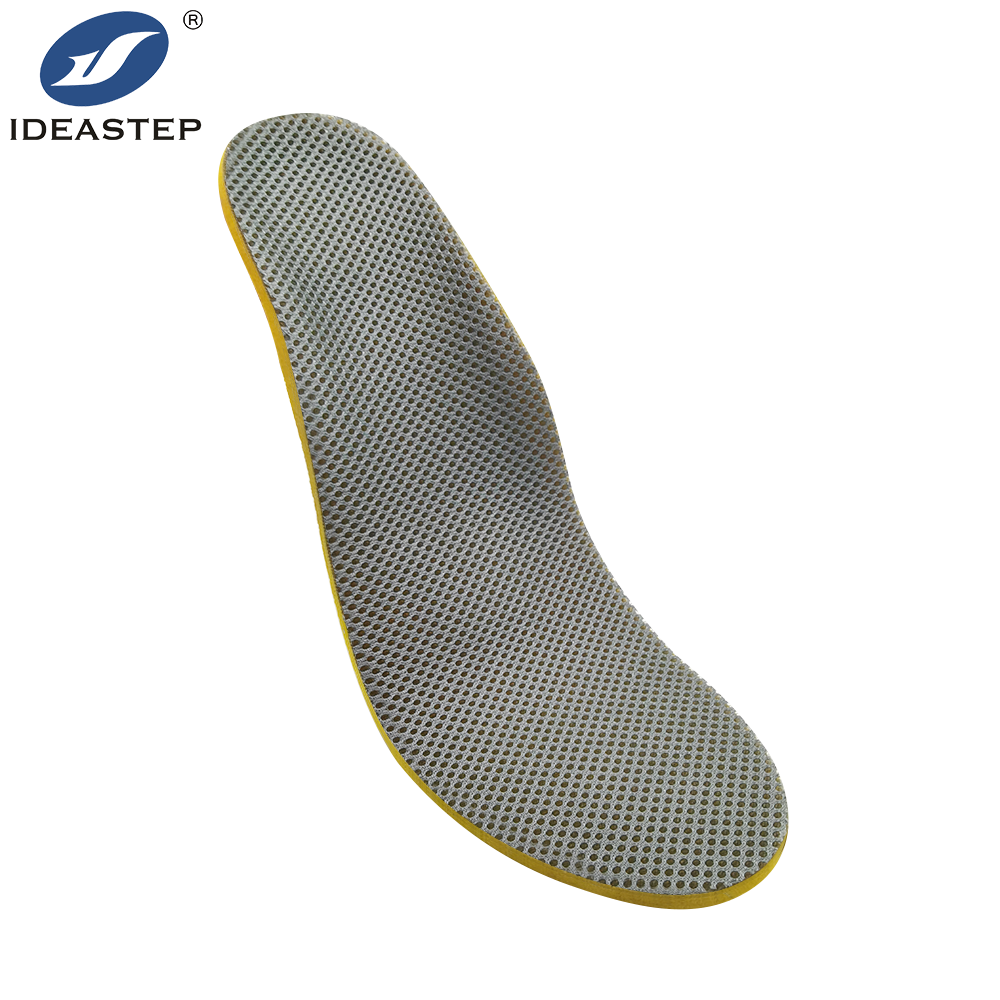Overpronation, also known as excessive pronation, is a common gait disorder that occurs when the foot rolls inward excessively during the walking or running cycle. This abnormal motion can lead to a number of biomechanical issues and potential injuries if not properly addressed. Overpronation inserts, also known as orthotics or shoe inserts, are a common treatment option for this condition.

Causes of Overpronation
Overpronation can be caused by various factors, including genetic predisposition, muscle imbalances, and biomechanical abnormalities. Some individuals may have inherently flexible ankles or feet that allow for excessive pronation. Others may develop overpronation due to muscle imbalances caused by poor posture or habitual patterns of movement. Additionally, certain foot types, such as flat feet or low arches, can also contribute to overpronation.
Symptoms of Overpronation
Individuals with overpronation may experience a number of symptoms, including pain in the heel, ankle, knee, or hip. They may also notice that their shoes wear out unevenly, with excessive wear on the inner edges of the heels and forefeet. Other symptoms may include a feeling of instability when walking or running, and a tendency to roll inward when standing or walking.
Diagnosis of Overpronation
Overpronation is typically diagnosed by a podiatrist or other foot and ankle specialist. The doctor will assess the patient’s gait and foot structure, looking for signs of abnormal pronation. They may also perform tests such as gait analysis or x-rays to rule out any underlying conditions or injuries.
Treatment of Overpronation
Treatment for overpronation typically involves a combination of lifestyle changes, therapeutic exercises, and shoe modifications. In many cases, overpronation inserts are recommended to correct the gait pattern and provide support to the foot and ankle.
Overpronation Inserts: Types and Benefits
Overpronation inserts are shoe inserts designed to address the biomechanical issues associated with excessive pronation. These inserts are typically made from a combination of rigid and flexible materials that provide support and stability while allowing for natural foot motion. They are custom-fitted to the individual’s foot, ensuring a comfortable and effective fit.
There are several types of overpronation inserts available, including:
- Rigid Inserts: These inserts are made from a stiff material that provides strong support and stability. They are often recommended for individuals with severe overpronation or flat feet.
- Semi-Rigid Inserts: These inserts offer a balance of support and flexibility, making them suitable for a wide range of overpronation cases.
- Cushioned Inserts: These inserts are made from soft, shock-absorbing materials that provide additional comfort and protection for the foot.
The benefits of using overpronation inserts are numerous. By supporting the foot and ankle, these inserts can help reduce pain and discomfort in the heel, ankle, knee, and hip. They can also prevent further biomechanical issues by improving alignment and reducing abnormal stress on the joints. Additionally, overpronation inserts can help enhance performance by improving balance and stability during walking and running.
Conclusion
Overpronation is a common gait disorder that can lead to a number of biomechanical issues and symptoms. With the help of custom-made overpronation inserts, individuals can effectively correct their gait pattern, reducing pain and discomfort while improving their overall performance. By seeking professional diagnosis and treatment, individuals with overpronation can enjoy a healthier, more active lifestyle.
